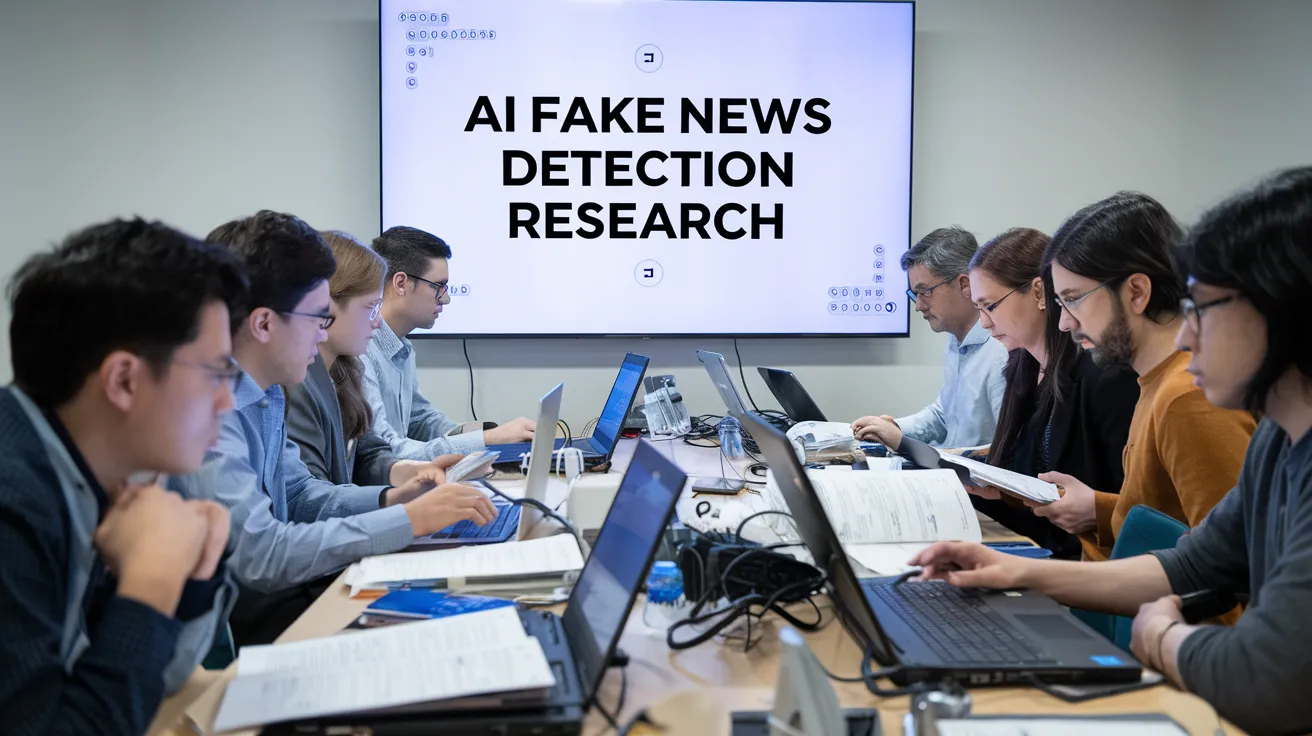Advancing AI Fake News Detection Systems

In an ambitious endeavor to combat the pervasive issue of false content across social media and news websites, data scientists are creatively deploying large language models (LLMs), such as those used in chatbots like ChatGPT, to develop accurate AI systems for detecting fake news. This effort aims to mitigate the risks associated with deepfakes, propaganda, and misinformation, which have widespread societal impacts.
The next generation of AI tools will not only identify false content but also personalize the detection process. Advances in behavioral and neuroscience research are shedding light on how we subconsciously respond to misinformation. Certain biomarkers, including changes in heart rate, eye movements, and brain activity, have been observed to vary when individuals encounter fake versus legitimate news. For instance, eye-tracking studies demonstrate how we instinctively scan for subtle cues—such as unnatural blinking or blood flow changes in facial features—when assessing the authenticity of faces in deepfakes.
By leveraging these insights, developers can train AI to recognize these human instincts, leading to more nuanced and effective fake news detection algorithms. Personalization further enhances this detection capability, as AI can learn about individual interests, emotional reactions, and biases in order to preemptively warn users about potentially misleading content.
As protective measures against fake news evolve, several strategies may be employed, such as providing warning labels, linking to credible content, or encouraging users to reflect on differing viewpoints. Researchers have begun to test personalized AI fake news checkers, which filter social media feeds and curate content deemed truthful, helping users navigate their information landscape more safely.
However, before fully embracing AI solutions, it’s crucial to acknowledge the complexity of defining and detecting deception. Just as various lie detectors exist, from polygraphs to analysis of non-verbal cues, AI systems face the challenge of identifying the nuanced nature of fake news. The core of effective detection hinges on a universally accepted definition of what constitutes a lie or misinformation.
For AI detection systems to achieve high accuracy, they must excel in both identifying fake content (high hits) and minimizing false positives (low false alarms). Striking this balance is paramount, especially given that much of the news content may not be wholly true or false but rather partially accurate. The rapid evolution of news renders previous judgments unreliable over time.
As we explore AI fake news detection tools available today, it is evident that many already incorporate behavioral science insights to warn users against misinformation. The challenge remains in establishing the effectiveness and ethical implications of such technologies. In the best-case scenario, data scientists will blend behavioral insights with AI tools to create truly effective detection systems. However, the field still wrestles with fundamental questions about the trustworthiness and application of AI in managing misinformation, particularly given that the social conversation about fake news extends beyond digital platforms and into everyday discussions.
As development continues, it is clear that while AI has made strides in potentially combating misinformation, both technological innovations and deeper social understandings will be essential to address this pressing issue comprehensively.